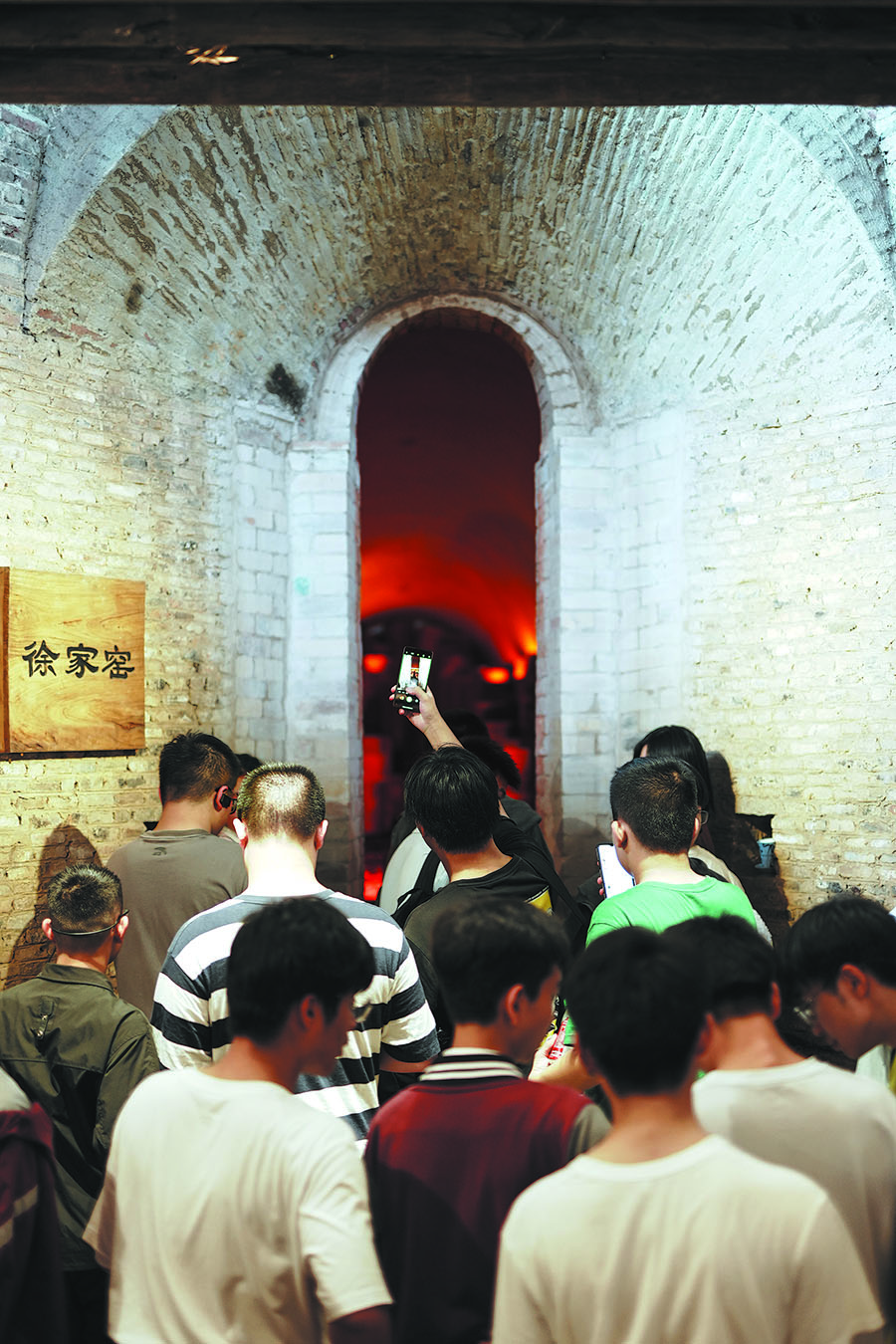Firing up a shining past for porcelain


The Xujia Kiln, which represents the ancient kiln clusters of the Ming and Qing dynasties, is surrounded by more than 100 narrow alleys. Lined with brick-paved pathways, these alleys are flanked by porcelain workshops made out of kiln bricks. For centuries, generations of artisans thrived here, passing down their craft through the ages.
"The names of these alleyways have remained unchanged for hundreds of years," Xu says.
In 2016, the restoration of the Taoyangli historical and cultural district began. Liu Zili, president of the Jingdezhen Ceramic Culture Tourism Group, which is in charge of the project, says that they adhered to the principles of prioritizing preservation, and maintaining the original condition.
On the basis of respecting and preserving residential buildings and the historical settings of different eras, they employed an approach of juxtaposing the old with the new to return the neighborhood to life, creating a new cultural destination in the process.
Walking through Taoyangli, visitors find that advertisements and slogans from the past have been preserved. On the roads, workers meticulously fill the gaps between the stones with soil using small knives, to allow moss to grow between the bricks as it did in the past.
"Through meticulous restoration efforts, each building, every piece of porcelain, and every detail is set to narrate its own chapter of history, wrapping the entire district in the rich memories of the porcelain capital," Liu says.


















